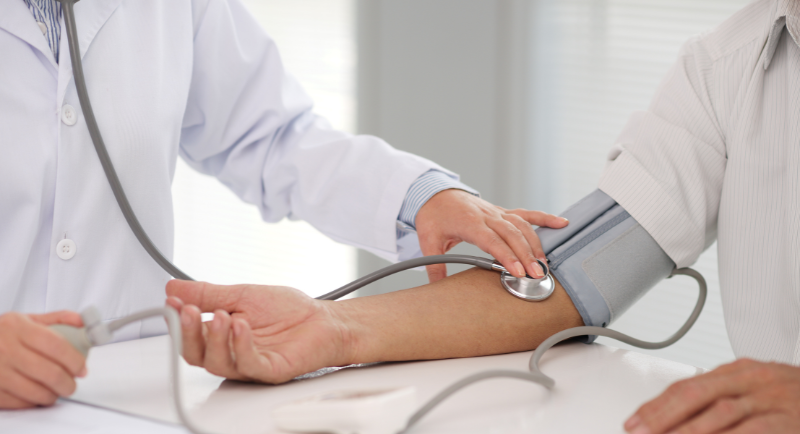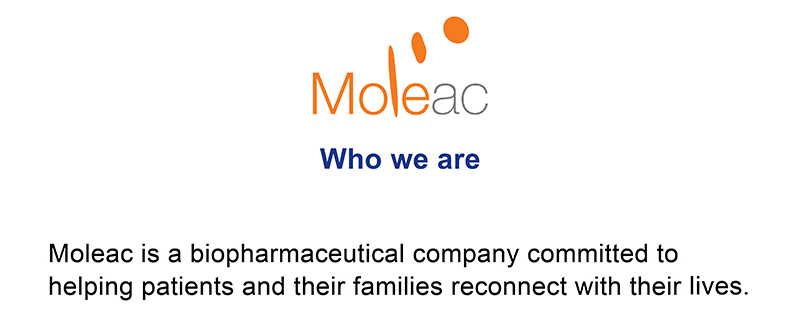

Despite their sudden nature, there are factors that can indicate that someone is at a higher risk of having a stroke. So how do we know if we are at risk of developing a stroke?

- Obesity
- Smoking
- Drug and alcohol abuse
- Lack of exercise
These may seem like generic factors for an unhealthy lifestyle but there’s a reason why they are linked with strokes. Being overweight and a lack of exercise could lead to hypertension (high blood pressure) – one of the main triggers for a stroke.2
Alongside this, eating fatty foods leads to increased cholesterol levels which also exacerbates high blood pressure over time. These are all blood clotting causes which could lead to a stroke occurring.3
Smoking also seriously contributes to the risk of a stroke. The toxic chemicals in cigarettes reduce the amount ofoxygen in the circulatory system and make the blood more viscous – making it much more likely to clot.4 This is why smokers are up to 9 times more likely to suffer a stroke than non-smokers.5

- Age
- Gender
- Genetic characteristics
- Specific health conditions such as cardiovascular disorders
In regards to age, strokes are much more common as you get older. Most people are considered more at risk if they are over 55 years old, but anyone can have a stroke. On top of that, men are much more likely to suffer a stroke than women are. 6 Women are usually older when they have strokes, and they’re more likely to die of strokes than men.
All these factors may catch some people unawares but having an idea of your risk level can also give you added impetus to be on alert in the event of a stroke, knowing that in this case you need to act as soon as possible.

No matter what you do, always try to find the right balance in your diet and exercise regularly to ensure that you keep your risk of a stroke to a minimum.
A healthy lifestyle lowers your risk
Follow us on social media!
References:
1. National Institute of Health – Stroke Risk Factors. National Heart, Lung, and Blood Institute (NHLBI), 2023.
2. Better Health Victoria – Stroke Factors. Better health Channel, 2022.
3. Stroke Org UK – Are you at risk of a stroke. Stroke Association United Kingdom, 2023.
4. Stroke Foundation Australia – Quit Smoking. Stroke Foundation Australia, 2023.
5. National Library of Medicine – The more you Smoke, the more you stroke. Shah, R. S., & Cole, J. W. (2010). Smoking and stroke: the more you smoke the more you stroke. Expert review of cardiovascular therapy, 8(7), 917–932.
6. Mayo Clinic – Who is most at risk of a stroke. Mayo Clinic Health System, 2021.

Contact: [email protected]
This document does not constitute the practice of medical consultation nor medical advice.
Always seek the advice of your treating physician and/or specialist.
All Rights Reserved by Moleac Pte Ltd, Helios #09-08, 11 Biopolis Way, Singapore 138667

